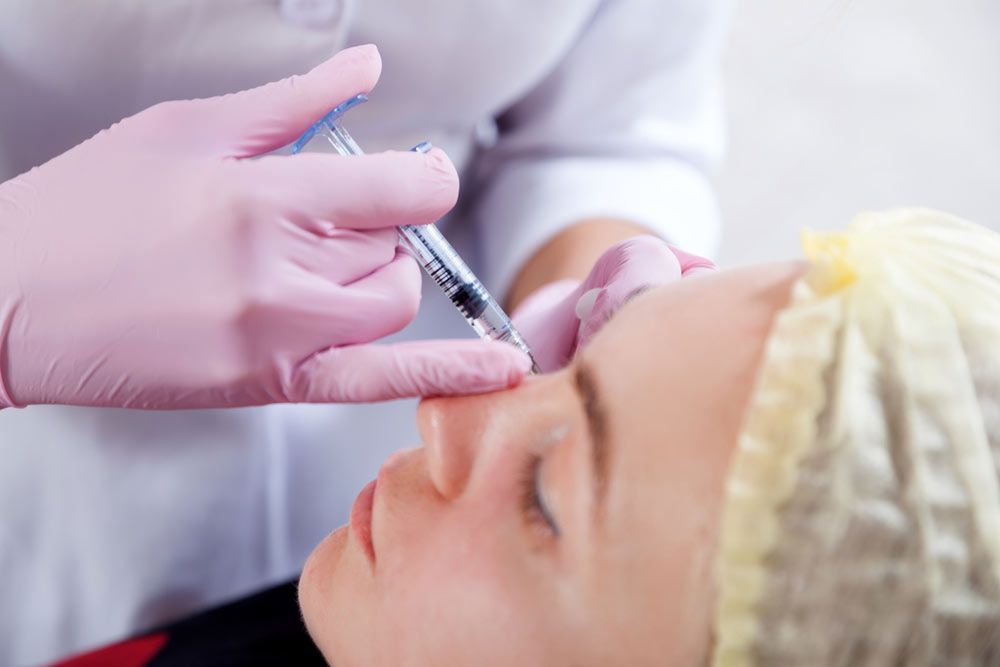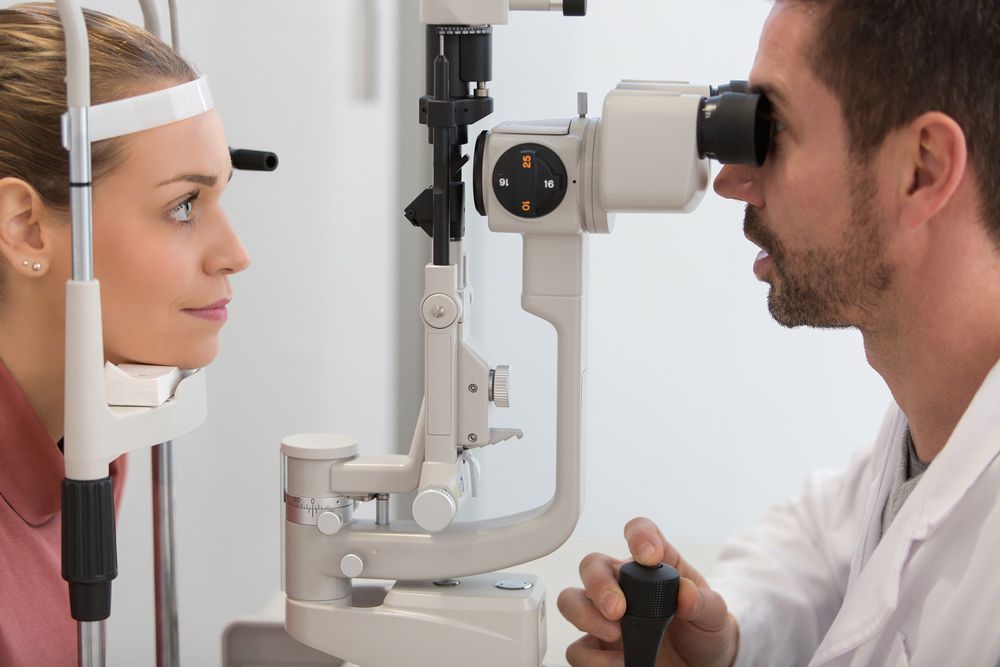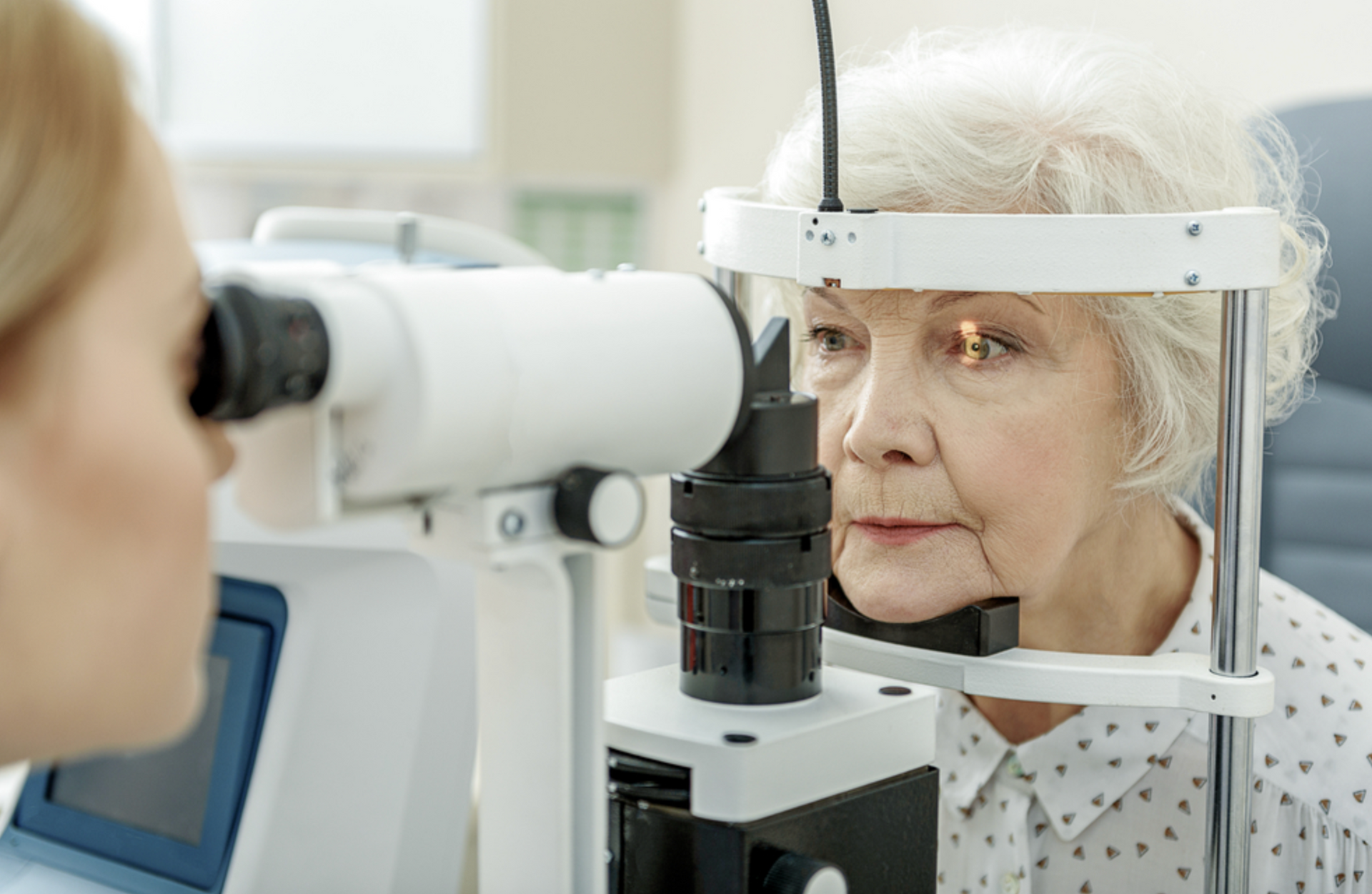Why Am I Seeing A Black Spot After An Eye Injection?
Intravitreal injection is a common treatment for several eye diseases such as macular degeneration, diabetic retinopathy and retinal vein occlusion. During this procedure, a medication is injected into the vitreous, a gel-like substance that fills the back of the eye, to target the affected area.
One common concern among patients after receiving an intravitreal injection is the appearance of a black spot in their vision. While this can be alarming, it’s a normal and expected side effect of the procedure.
The black spot is caused by the medication injected into the vitreous. As the medication spreads throughout the vitreous, it can temporarily obstruct a portion of the retina, leading to the appearance of a black spot in the patient's vision.
The size and location of the black spot can vary from patient to patient and depend on the medication used and the amount injected. Some patients may experience a small spot in their vision, while others may experience a larger area of obstruction. In most cases, the black spot will disappear within 24 hours, although it can sometimes last for a few days or even weeks.
Patients who experience a black spot in their vision after an intravitreal injection should not be overly concerned. However, they should still notify their eye doctor immediately. In rare cases, the black spot can be a sign of a more serious condition, such as a retinal tear or detachment.
It’s also important to note that while a black spot is a normal side effect of an intravitreal injection, other symptoms such as pain, swelling or redness in the eye should be reported to the eye doctor immediately.
130eye provides intravitreal injections for patients with eye diseases. We use the latest technology and techniques to provide the best possible care for our patients. Contact us today if you have any questions relating to Intravitreal injections.



